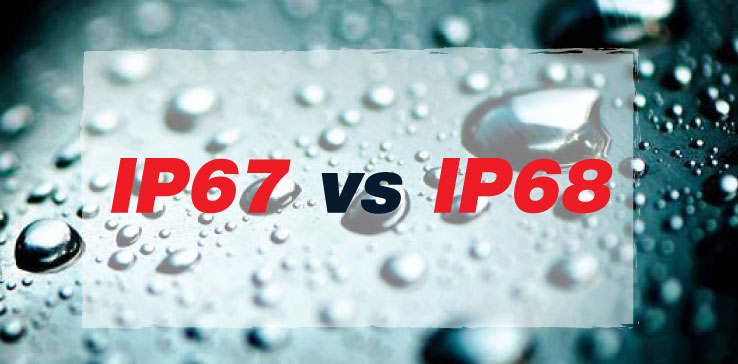What is different between IP67 & IP68 LED Strip Lights Yrlight Lighting
IP67 vs. IP68

Decoding the Mystery: IP67 vs. IP68 Waterproof RGB LED Strips
Introduction
When it comes to waterproof RGB LED strips, the terms IP67 and IP68 often pop up, leaving many puzzled about what these numbers signify. Both these variants are designed for wet and humid conditions, but how do they differ? In this article, we'll demystify these IP ratings and help you make an informed decision for your specific application, whether it's for outdoor installations, poolside décor, or commercial settings.
What Does "IP" Stand For?
The acronym "IP" stands for Ingress Protection. These ratings are crucial for understanding how well a product is protected against dust and water. The first digit in the IP rating indicates the level of protection against dust, ranging from 0 (no protection) to 6 (dust-tight). The second digit represents the level of protection against water, ranging from 0 (no protection) to 9 (high-pressure, high-temperature spray downs). Understanding IP ratings is essential for selecting the right LED strip for your project.
IP67: The Outdoor Companion
IP67-rated LED strips are dust-tight and offer complete protection against contact. The '7' in IP67 means that these strips can withstand water ingress to some extent but should not be submerged. These strips are ideal for outdoor settings like decks, gazebos, and concert venues where there's a chance of rain but not complete immersion in water.
Long-Term Benefits of IP67
- Durability in Humid Environments: These strips can withstand moisture, making them perfect for long summer nights and outdoor cookouts.
- Versatility: Suitable for both residential and commercial applications.
- Energy Efficiency: Consumes the same amount of power as its IP68 counterpart, offering an economical solution for less demanding conditions.
IP68: The Underwater Marvel
On the other hand, IP68 strips are also dust-tight but are designed for continuous immersion in water. These are perfect for fountains, pools, and other underwater applications. However, it's crucial to note that these strips should not be used in environments where human life or any living being will be present underwater.
Unique Features of IP68
- Continuous Immersion: These strips can be submerged in water for extended periods.
- High Ingress Protection: Offers the highest level of protection among available LED strips.
- Design Flexibility: Available in single and double-density options, providing more customization for your lighting projects.
Which One Should You Choose?
Both IP67 and IP68 strips are designed for wet and humid conditions, but the key difference lies in the level of water exposure they can handle. If your application involves submerging the strips in water, go for IP68. For less demanding conditions where submersion is not required, IP67 would be more than sufficient.
Key Takeaways for Making the Right Choice
- Assess the level of water exposure in your application.
- Consider the long-term durability and energy consumption.
- Always adhere to safety guidelines, especially when human interaction is involved.
Conclusion
Understanding the differences between IP67 and IP68 waterproof RGB LED strips can significantly impact the success of your lighting project. By knowing what each rating entails, you can make a more informed decision, ensuring that your lighting installation not only looks great but also stands the test of time.
Explore More About Waterproof LED Solutions
For those interested in diving deeper into waterproof LED lighting solutions, you can learn more about IP67 LED Strip and IP68 LED Strip.